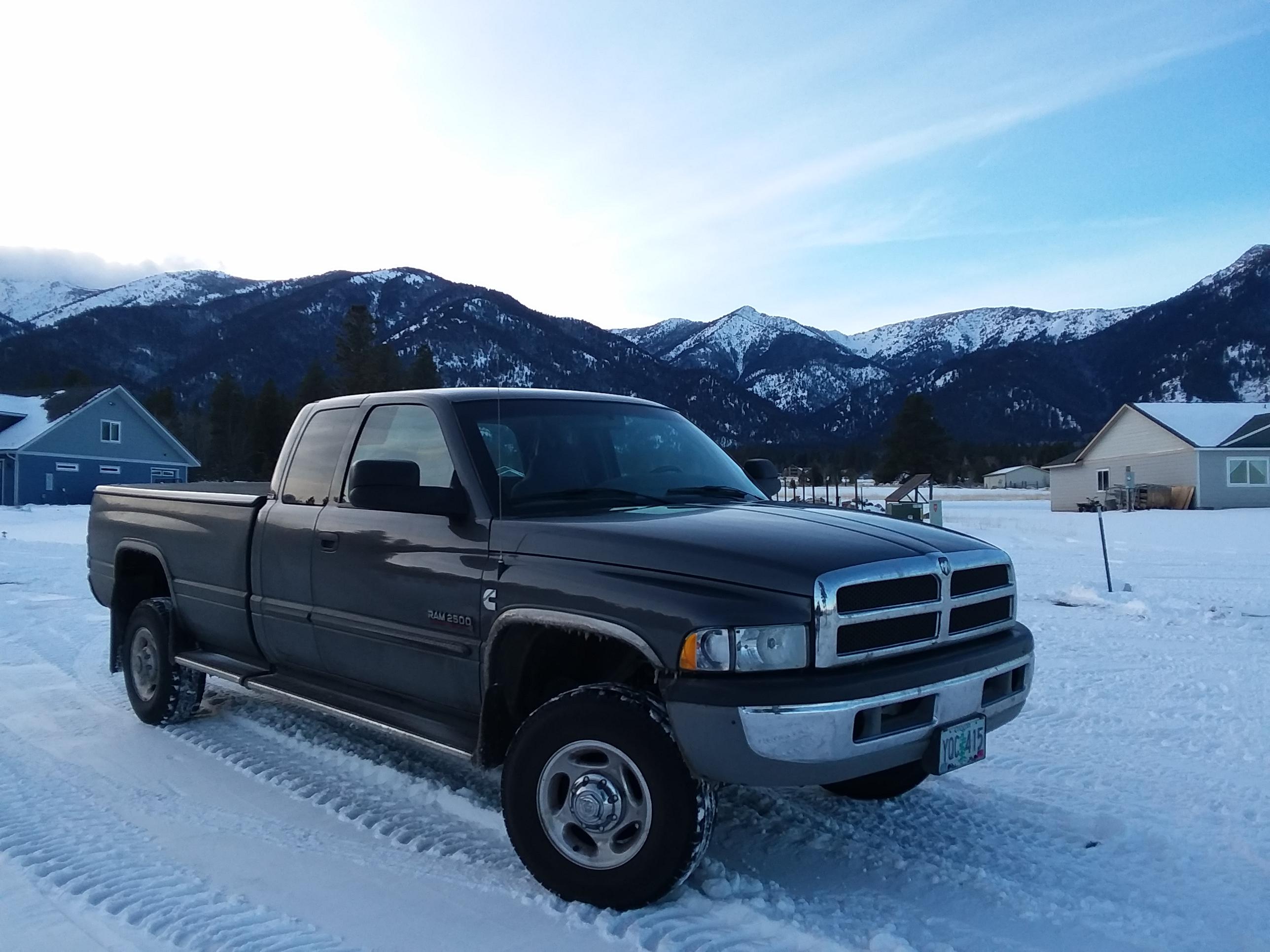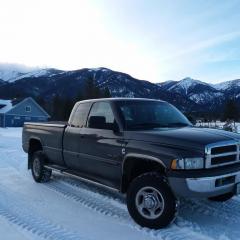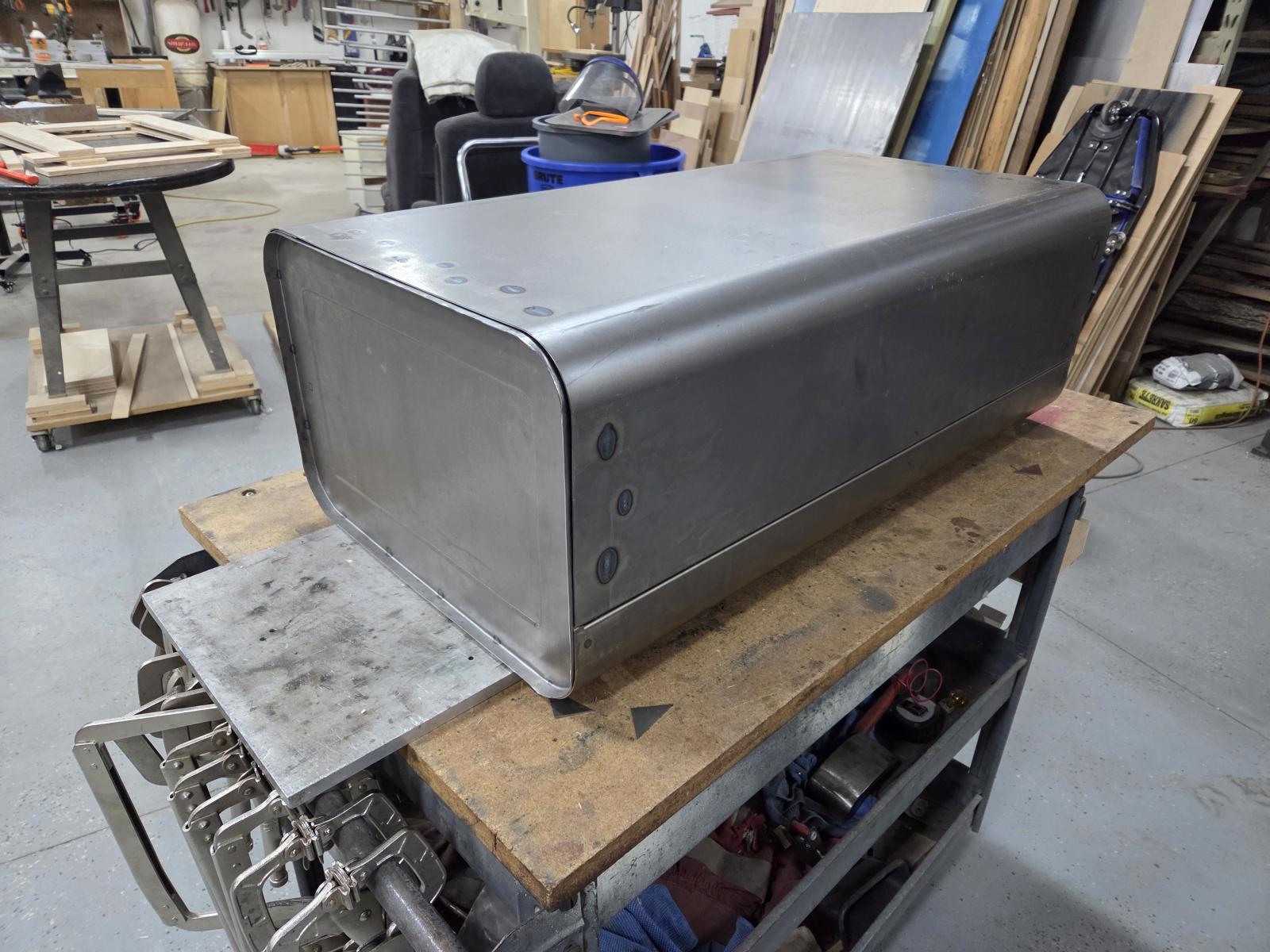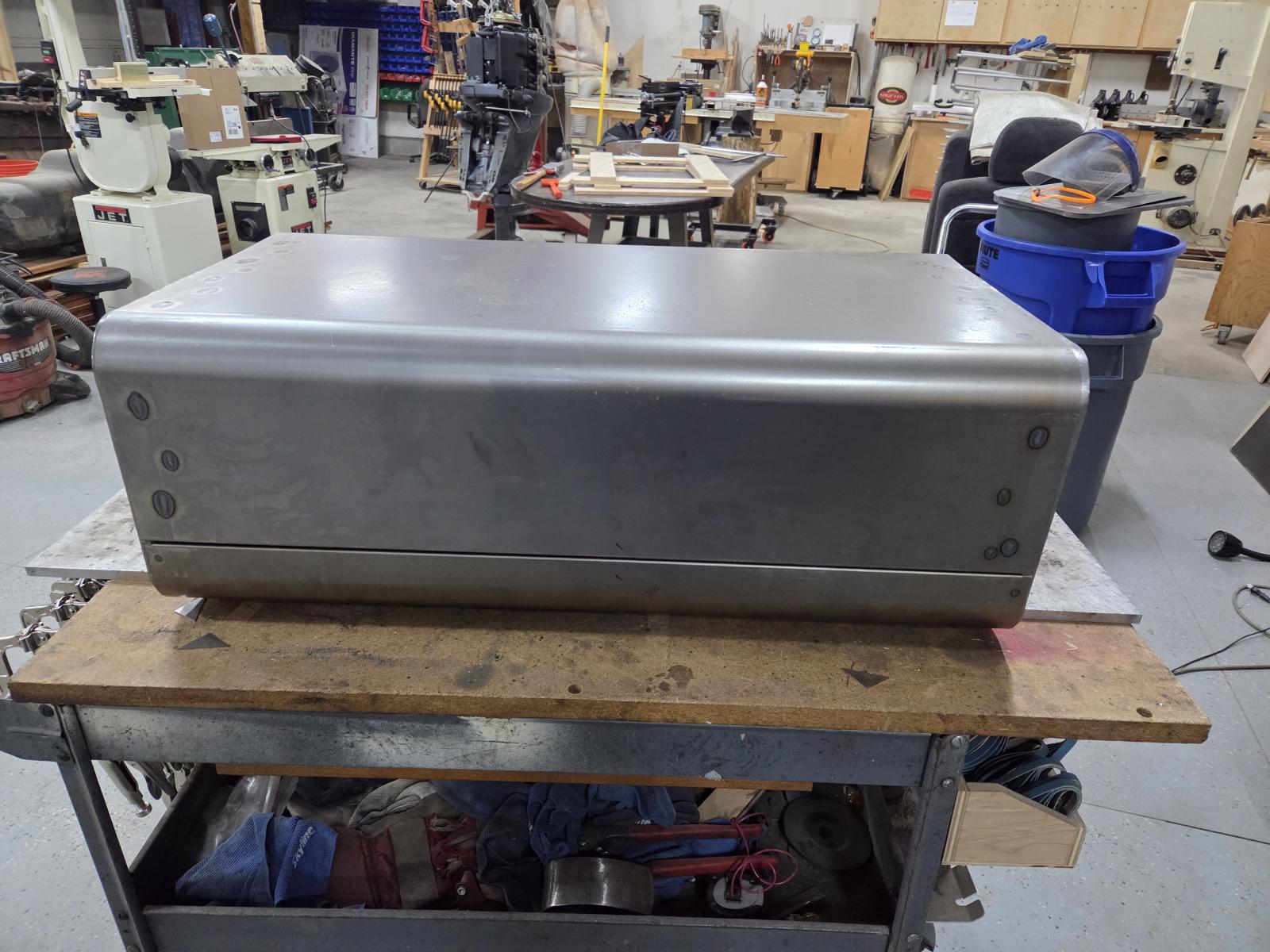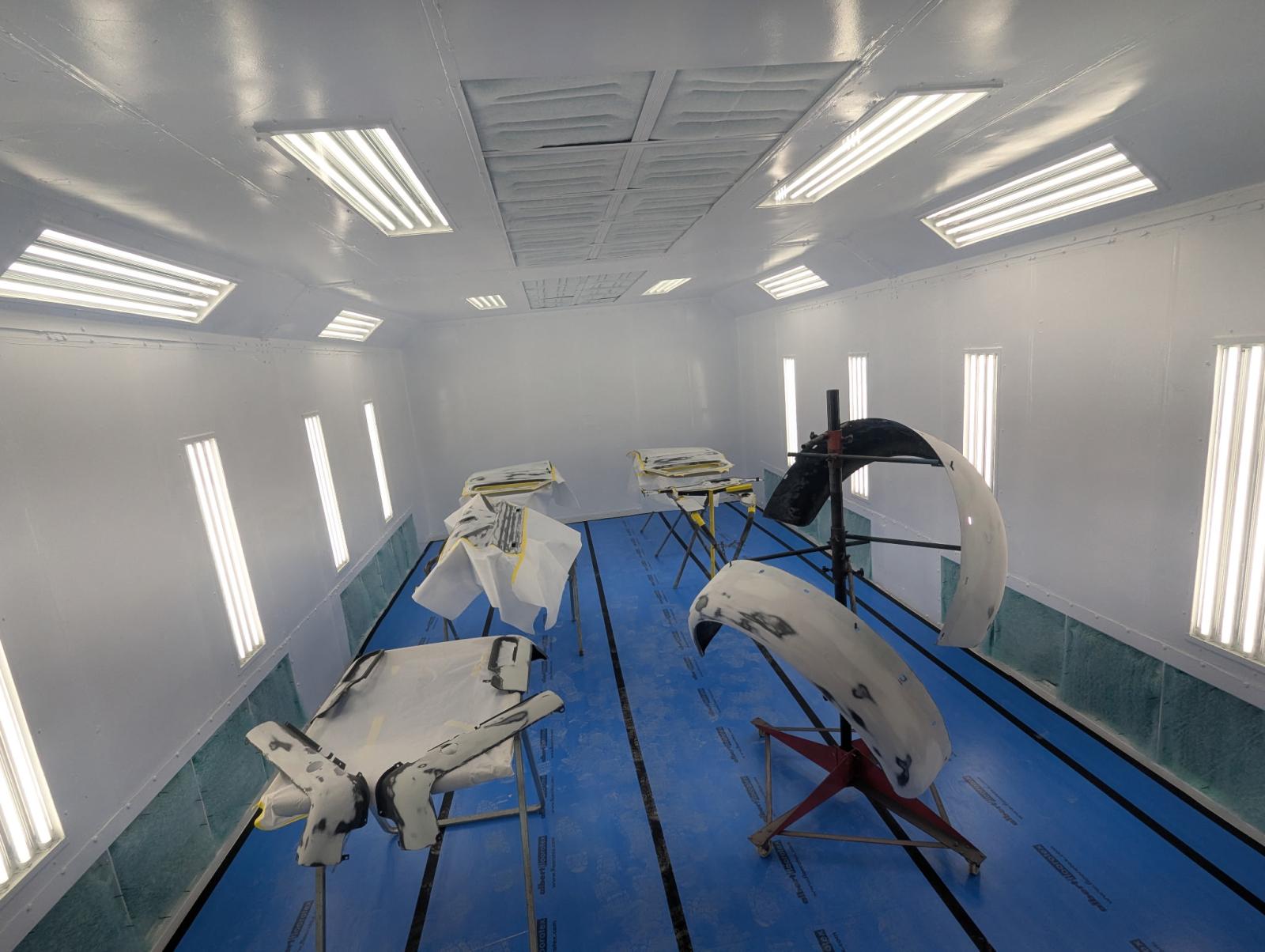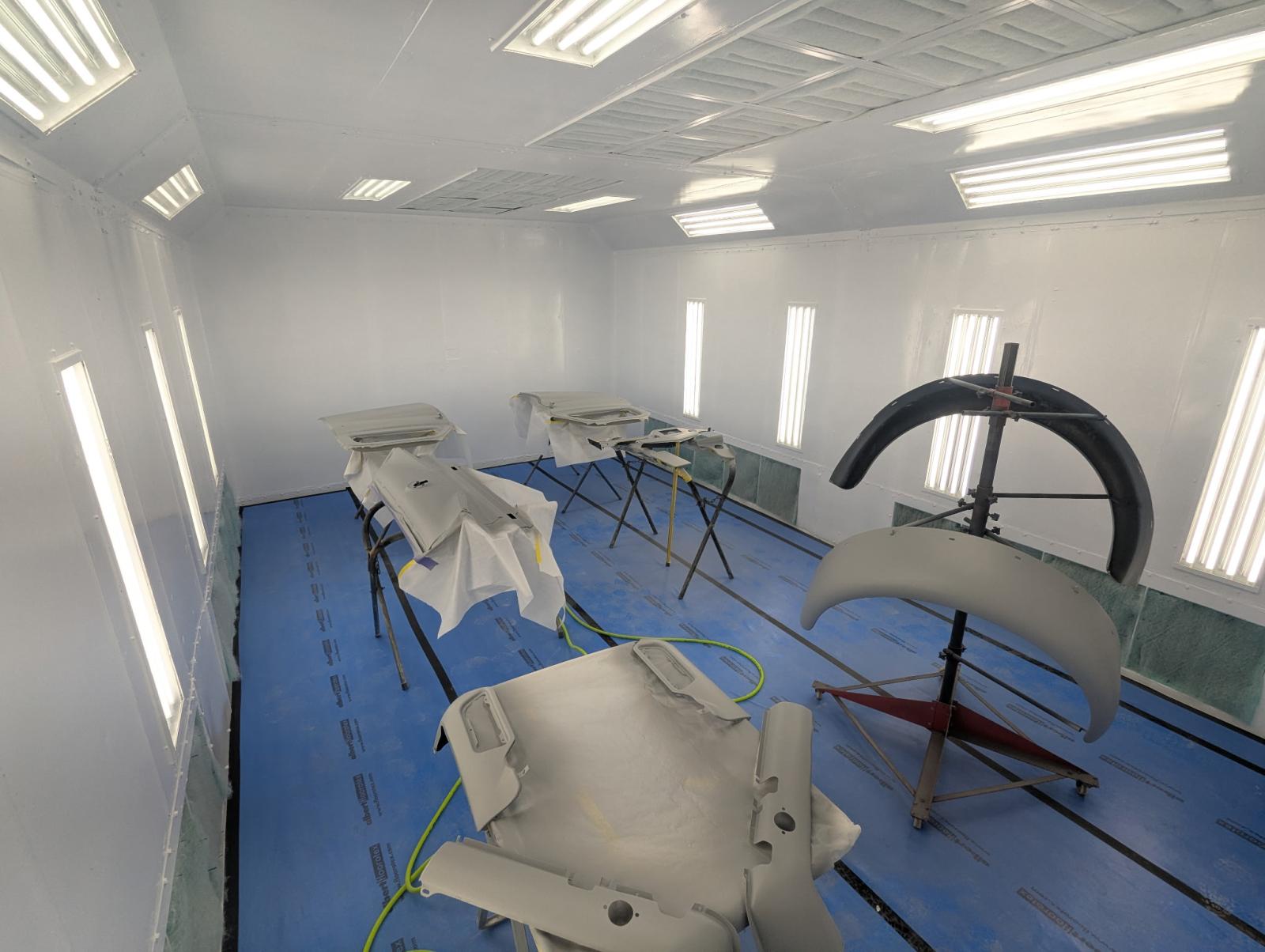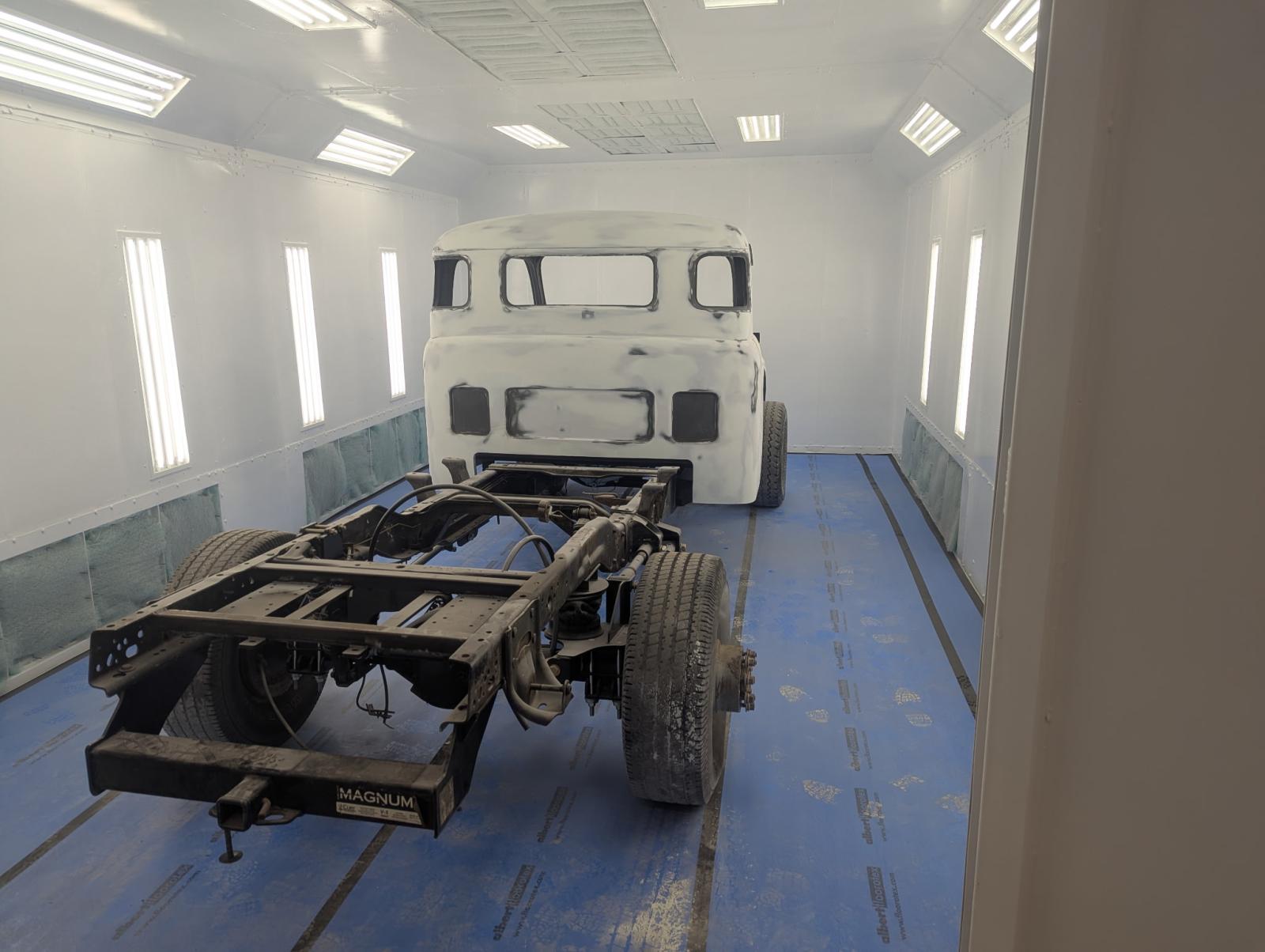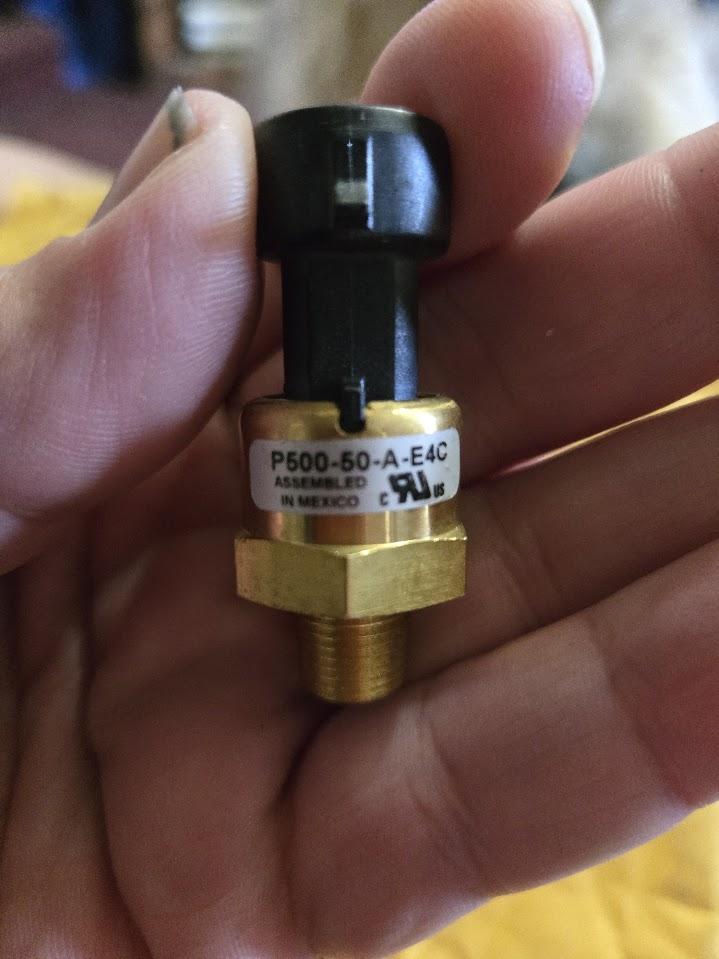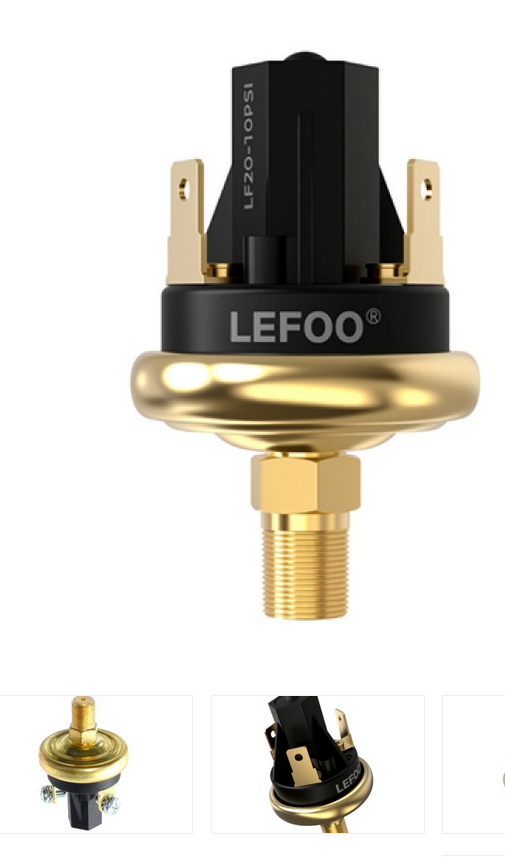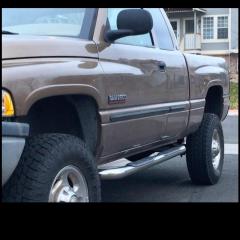Absolutely. Reading the following may help you feel more at ease: I have owned my truck since new and it currently has logged 402,000 miles on the odometer. Odometer 66,000 miles August 2004 - First injection pump set a code P0216 ( a death code for the VP44). Odometer 87,000 miles August 2005 - Injection pump replaced with re-manufactured unit under warranty. Lift pump relocated as an in-tank pump application (also covered under warranty). Just prior to replacing VP44 injection pump, I monitored lift pump pressure because the word back then (similar to what is now) was that if you don't have 14 psi lift pump pressure, you are going to kill the VP44. So, I drove my truck for a week (250 miles) monitoring lift pump pressure. It operated within factory specs flawlessly and maintained 6 psi at wide open throttle at 2500 rpm. After the replacement of the VP44 injection pump and the replacement / relocation of the lift pump as an in-tank lift pump, my new lift pump pressure was 6 psi at idle and 3 psi at wide open throttle - yes, 6 psi and 3 psi! I was not concerned because by then I had learned much about the true operation of the VP44 fuel system. According to all of the diesel forums, I should have mutilated the VP44. But, that didn't happen..., and it still hasn't happened. Odometer 250,000 miles April 2016 - Install Smarty tuner and set for mild tune. Odometer 251,000 miles April 2016 - Replace in-tank lift pump (not because of failure, but to have more readily serviceable frame mounted used FASS lift (65 gph). Note that the re-manufactured VP44 has logged 164,000 miles with maximum fuel pressure at 6 psi. Should be dead now, right? But, alas, it isn't. FASS lift pump - 12 psi at idle, 6 psi WOT at 2,000 rpm Odometer 303,000 miles December 2018 - Replace original injectors with RV 275's Odometer 402,000 miles - November 2025 - Now have logged 315,000 miles on re-manufacture VP44. Should be dead by now - right? But, again, it isn't. I would like to note that this truck has never received fuel additives, nor 2-stroke oil to the fuel. Also, I would like to note that this truck has done lots of work covering thousands of miles at 20,000 lbs gross combined weight crossing lots of mountain passes in hot summer conditions. Hope this helps. John
